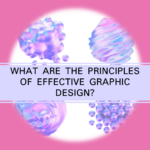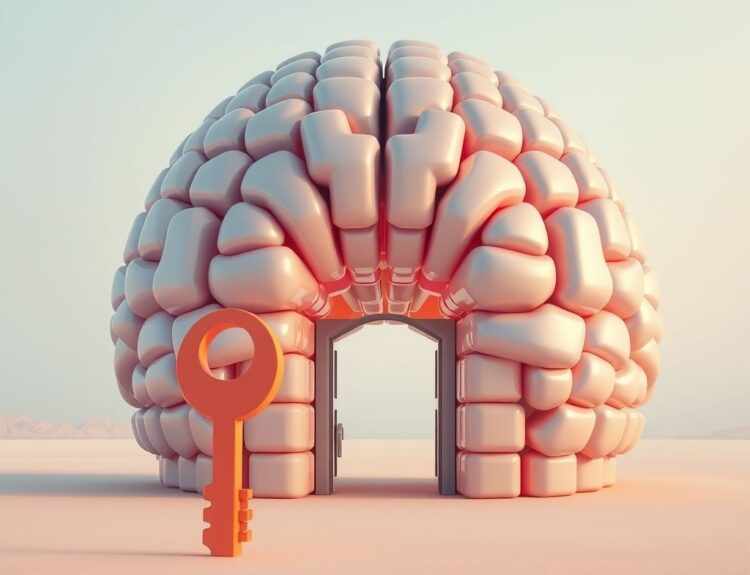What are the principles of effective graphic design?
The Guiding Principles of Effective Graphic Design: Creating Visually Compelling and Effective Communications
Graphic design is a powerful tool that can be used to communicate ideas, persuade people to take action, and create a lasting impression. It encompasses a wide range of disciplines, from creating logos and branding to designing websites and print materials. Effective graphic design is not just about aesthetics; it’s about using visual elements to convey a message in a clear, concise, and impactful way.
Understanding the Fundamental Principles of Graphic Design
To create effective graphic designs, it is essential to understand the fundamental principles that underpin this creative discipline. These principles provide a framework for organizing visual elements and creating designs that are both visually appealing and effective in communicating their intended message.
1. Balance
Balance refers to the distribution of visual elements within a composition. It is about creating a sense of harmony and equilibrium that prevents the design from feeling unbalanced or lopsided. There are different types of balance, such as symmetrical balance, asymmetrical balance, and radial balance.
2. Contrast
Contrast is the difference in visual characteristics between elements in a design. It is used to create emphasis, draw attention to specific elements, and guide the viewer’s eye through the composition. Contrast can be achieved through variations in color, size, shape, texture, and other visual elements.
3. Emphasis
Emphasis is about creating a focal point in a design that attracts attention and draws the viewer’s eye to the most important element. This is achieved by using contrast, scale, placement, and other techniques to highlight the key element.
4. Hierarchy
Hierarchy is about organizing visual elements in a way that establishes a clear order of importance. It is about using size, color, placement, and other techniques to guide the viewer’s eye through the composition and prioritize information.
5. Proportion
Proportion refers to the relationship between the sizes of different elements in a design. It is about creating a sense of harmony and balance by ensuring that elements are visually proportional to each other.
6. Repetition
Repetition is about using similar or identical elements multiple times in a design to create a sense of unity, rhythm, and visual interest. It can be used to create patterns, establish a sense of flow, and reinforce a message.
7. Rhythm
Rhythm is about creating a sense of movement and visual flow through the repetition of elements or the use of patterns. It can be used to guide the viewer’s eye through the composition and create a sense of energy and excitement.
8. White Space
White space, also known as negative space, is the empty area around and between elements in a design. It is often overlooked, but white space plays a crucial role in creating balance, preventing clutter, and drawing attention to key elements.
9. Movement
Movement is about creating a sense of dynamism and visual interest in a design by using techniques such as diagonal lines, overlapping elements, and contrasting shapes. It can be used to guide the viewer’s eye through the composition, create a sense of energy, and convey a specific message.
10. Variety
Variety is about using a range of different elements and visual styles to create interest, prevent monotony, and keep the viewer engaged. It can be achieved through variations in color, shape, texture, size, and other visual characteristics.
11. Unity
Unity is about creating a sense of cohesion and coherence in a design by ensuring that all the elements work together harmoniously. It is achieved by using consistent visual styles, applying the principles of balance, hierarchy, and proportion, and creating a clear relationship between the elements.
The Art of Applying Principles for Effective Graphic Design
Mastering the principles of graphic design is not just about understanding the theoretical concepts; it’s about applying these principles in practice to create visually compelling and effective designs. When creating a design, it is important to consider the purpose of the design, the target audience, and the overall message you want to convey.
Effective graphic design is not about following a set of rules; it’s about using these principles as a guide to make informed decisions that enhance the visual appeal and effectiveness of your designs. By understanding and applying these principles, you can create designs that communicate clearly, engage the viewer, and leave a lasting impression.







